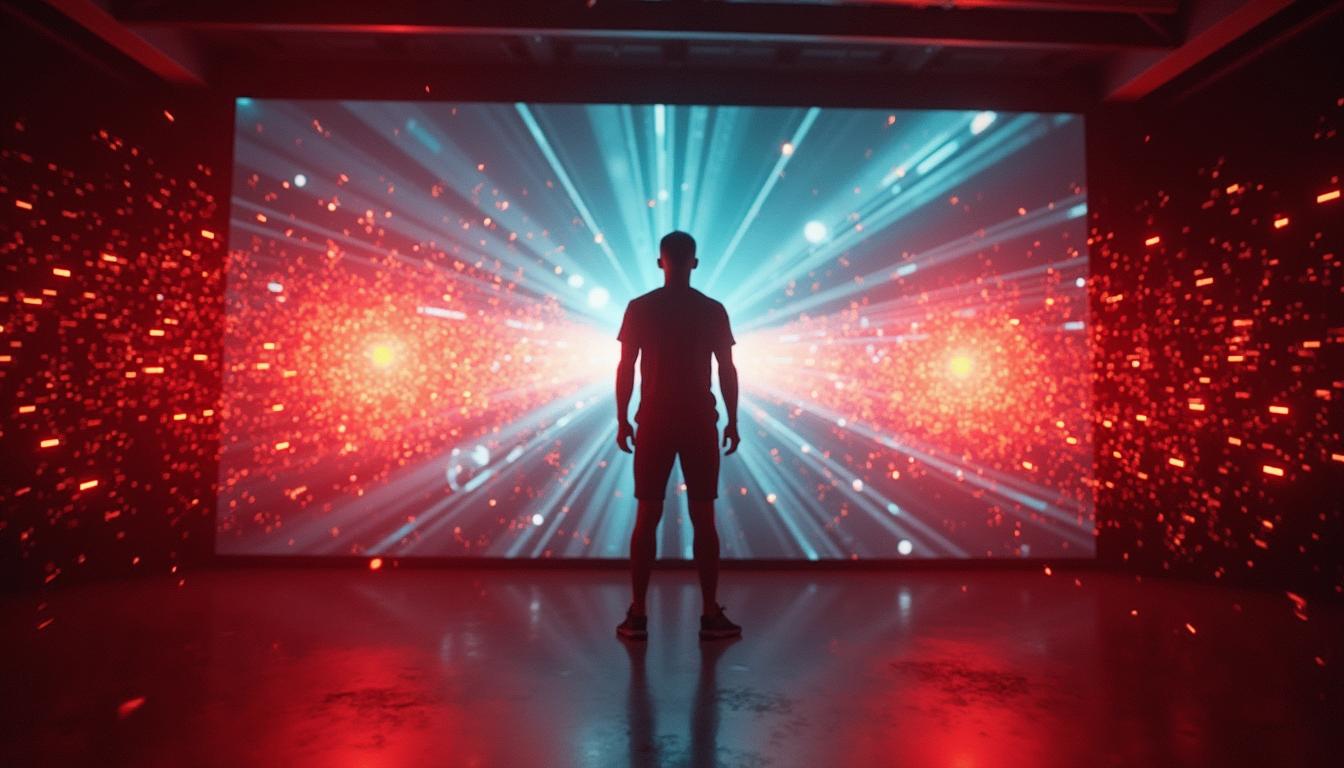Welcome to the Research and Strategy Services at in today's fast-paced.


Not all careers are created equally when it comes to the cognitive dimension. Success in some professions requires stepping up to super-human levels of mental performance. Let’s take a look at three examples that stand-out.
Flying a jet is extremely demanding. Not only does a high degree of skill need to be matched with an enormous amount of information processing from the aircraft’s dashboard and sensory environment, but these have to be managed under high physical stresses. All the while a pilot has to be acutely awareness of everything going on around him or her.
Upping the ante is the fact that jet pilots travel at supersonic speeds. This means that combat situations or weather conditions can change dramatically in a matter of seconds. In such a case, chaotic change can be life threatening, if a pilot is not ready to handle at a mental level.
This brings the critical need to be able to process high loads of information extremely rapidly, and then have the decision-making speed to physically react to a situation on super-short time scales.
Fighter pilots need to have brains which with exceptional processing speeds, paired with the ability to execute critical decisions with perfect accuracy under extreme physical forces.
Team-sports like the NFL, NHL, NBA and EPL all have one thing in common - bucket loads of complex sports action. To read the game amid fast, dynamic and often chaotic play, these athletes have to have superb situational awareness skills.
In particular, they have to be able to process information about multiple players moving all around their peripheral field of view, or in-and-out of sight. They have to perceive all this action while also moving and dodging. Sometimes this has to be done while making complex, mathematically-based predictions of ball or puck trajectories, in order to be in the right place at the right time.
On top of this are the demands of maintaining awareness and mental focus under physical exertion, coupled with the need to execute precise motor-skills even when fatigued. Then there is the emotional pressure ingrained in sports, including the psychological pressures from the opposing team’s players or fans.
Lastly, team-sports athletes rely on predicting the actions of both their teammates and opponents. This involves a form of complex mental processing called biological motion perception, where many key body cues are interpreted simultaneously to be able to predict intentions or physical actions.
Put it altogether and team-sports athletes become the stars of all-round cognitive performance. They need excellent situational awareness, decision-making abilities, physical skill, athleticism, emotional self-control, and fatigue resilience.
Like a fighter pilot, F1 drivers are subjected to some pretty insane physiological demands. This includes excessive g-force effects round bends and during accelerations and deccelerations, sometimes overwhelming levels of heat within the car, and huge amounts of engine noise. However, the greatest challenge for F1 drivers, is that they have to be able to withstand these effects constantly, for up to two hours.
The net effects on their cardiovascular system are actually similar to running a 2-hour marathon. This means intense mental and physical stamina is a perquisite requirement, otherwise fatigue would severely impair driving performance.
When it comes the cognitive dimension, F1 drivers need to apply exquisite levels of physical skills dependent on high-speed sensory processing. This is especially important when near other cars, as the slightest wrong decision or movement inaccuracy, could end their race instantly. This is also why they need lightning quick reactions, with the need to think fast on their feet in any collision threatening encounters.
F1 drivers represent the far end of the human performance spectrum when it comes to being able maintain an exceptionally high level of mental acuity, while under extreme physical duress.
It’s no coincidence that people in each of these careers are using NeuroTracker to help push the limits of their human performance, so to finish, here are a few examples.



If you enjoyed this blog, then also check out,
5 Key Mental Skills of Elite Athletes






Welcome to the Research and Strategy Services at in today's fast-paced.

Explore five leading technologies used to support functional return to peak performance after concussion recovery — including Korebalance, Dynavision D2, NeuroTrackerX, Senaptec, and Sportreact.

Learn how NeuroTrackerX provides sensitive, sport-relevant cognitive-performance metrics to support functional return-to-peak-performance after concussion recovery.

Compare the leading eye-tracking systems - Tobii, Pupil Labs, RightEye, EyeGuide, and Smart Eye.
.png)